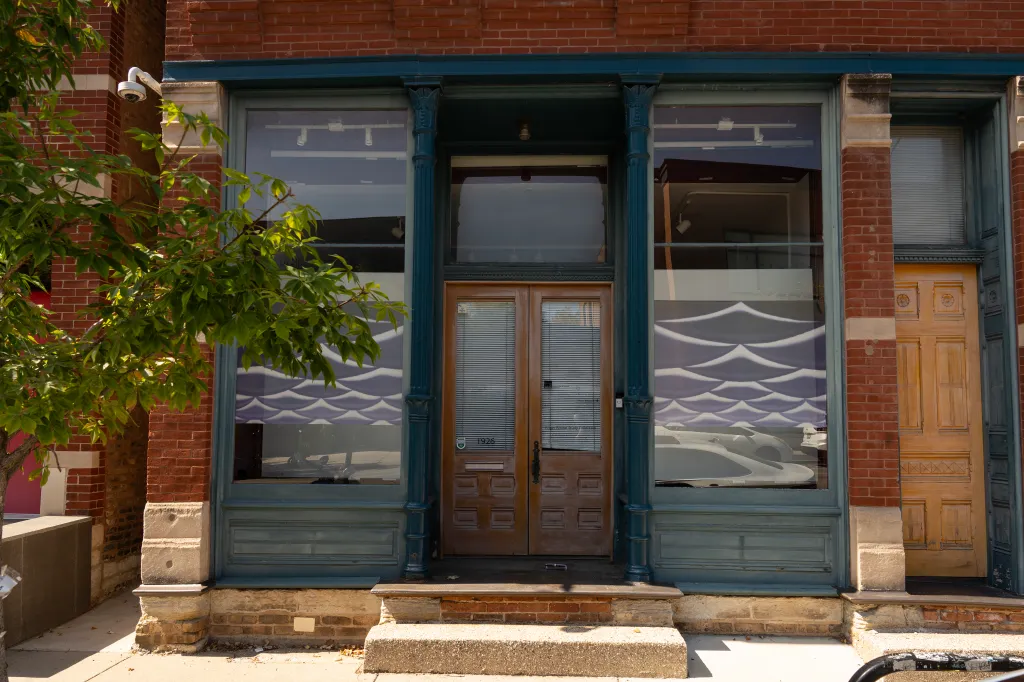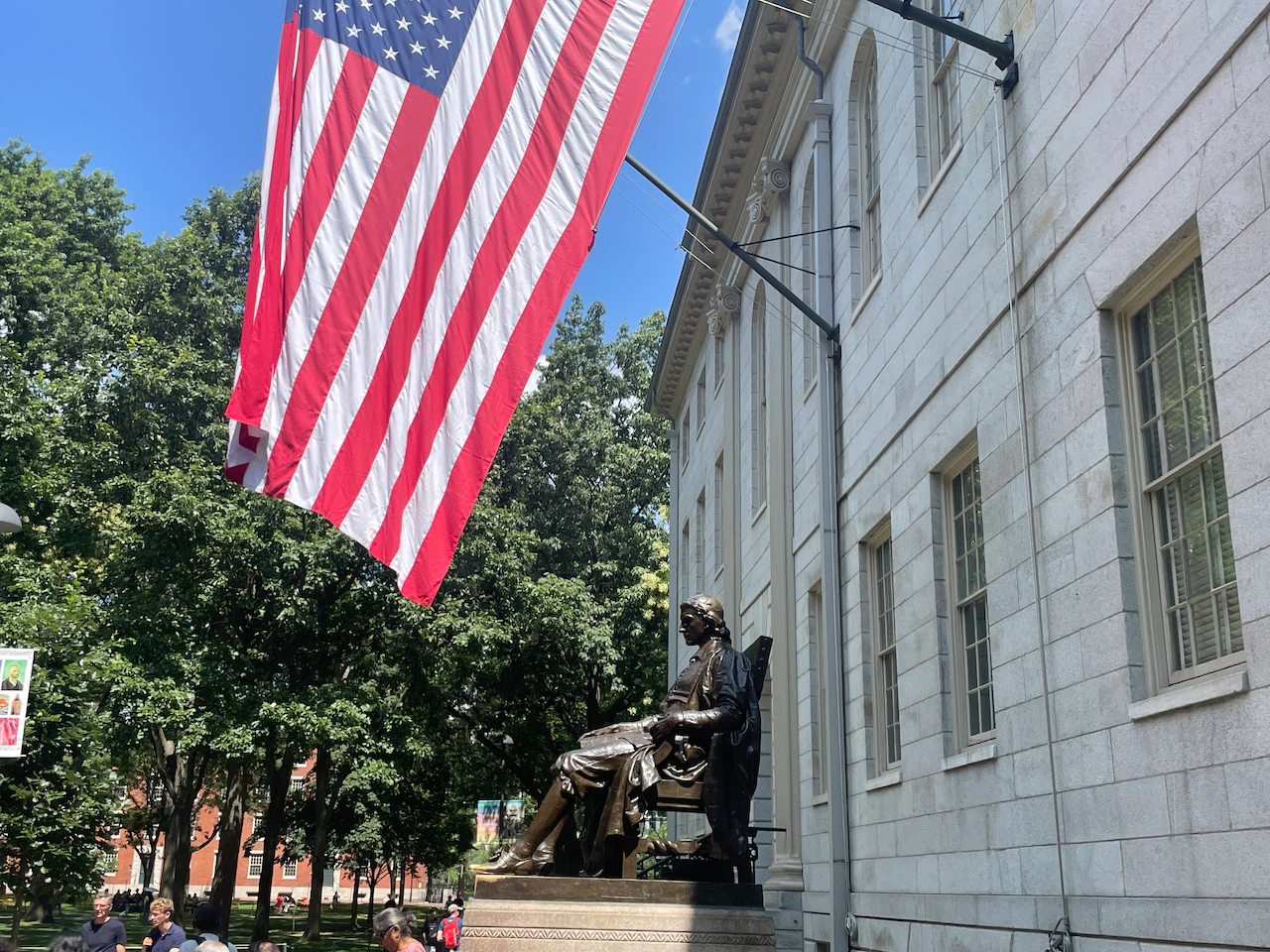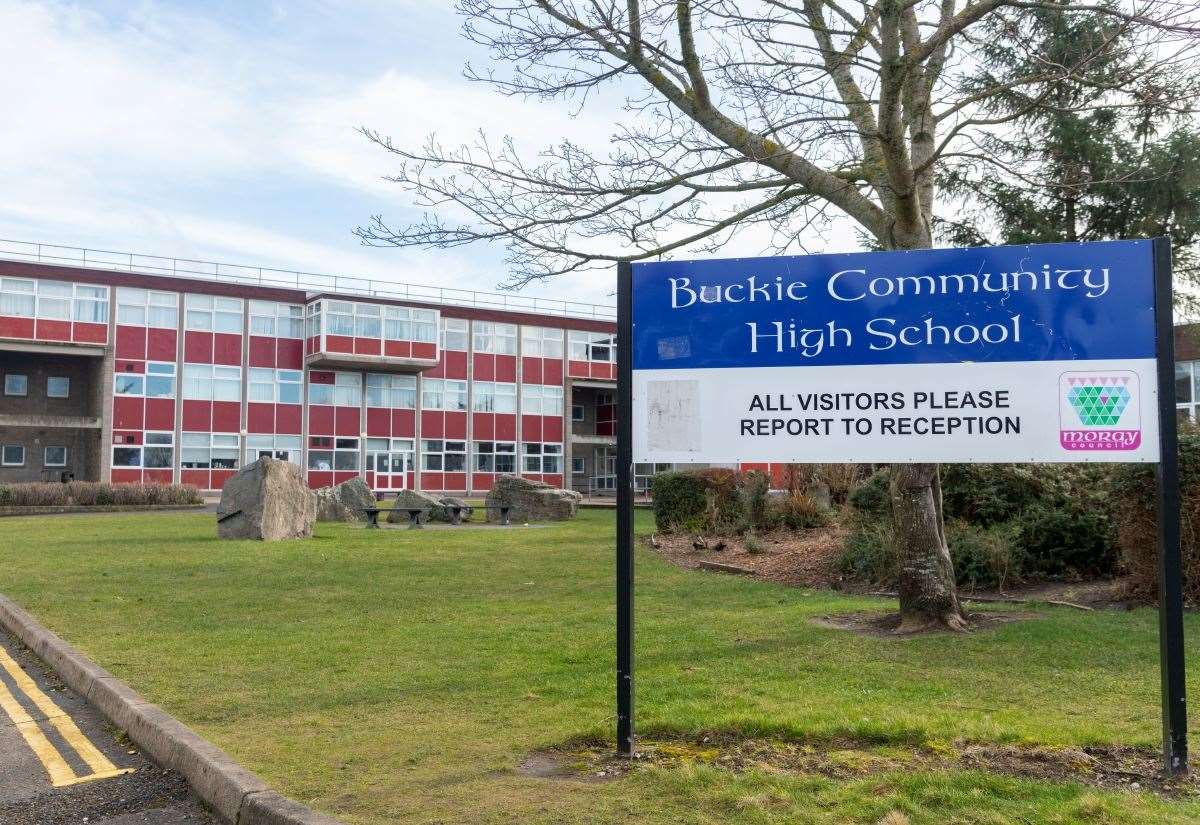
When he died in 1997, Chicago Imagist painter Roger Brown left his home and studio and prodigious collection of outsider art to the School of the Art Institute of Chicago (SAIC). That house and collection at 1926 N. Halsted St. was presented as an asset to students, particularly those pursuing a Master of Science in historic preservation at SAIC. They provided us with the opportunity to understand the processes behind preserving the home and working environment of a significant individual — a foundational part of the field and movement of historic preservation. One of us even authored, as part of our coursework, the successful nomination of the home to the National Register of Historic Places.
The news that SAIC was selling the collection to an out-of-state institution earlier this year was deeply distressing to us, but recent news that the school’s real estate agent was marketing the home and studio as a potential teardown was even more profoundly disappointing. In a series of emails, SAIC leadership blamed the listing agent for indicating that the home could be purchased and torn down without their direction — yet this is an honest assertion. In the majority of situations, like this one, a building listed on the National Register can be torn down as of right.
SAIC has informed us that the home is under contract with a buyer who claims they will restore it, but buyers who promise preservation often change course once the deal is closed.
The Roger Brown Home and Studio has local, national and international significance to a broad community of artists, art historians, art lovers, preservationists, architects and just regular folks for whom it has provided literally life-changing opportunities for inspiration and education. SAIC owes its protection to that community, its own current and future students and faculty, and Brown’s legacy.
We understand that SAIC has practical imperatives in how it handles real estate assets. As preservationists, art historians and real estate professionals, we also know the school has very good options that would allow it to protect the house and provide a model for property owners across the city facing similar decisions.
SAIC should first remove the property from the market, then pursue city of Chicago landmarking and/or an interior and exterior preservation easement, and relist it for sale to a supportive owner with preservation protections in place. A buyer truly interested in restoration would support this. Landmark status would provide substance to the historical significance already being used in the property’s marketing and would ensure the protection of its legacy. Together with its listing on the National Register, landmark status could make financial incentives for restoration available as well.
Alternatively, remove the property from the market and work with the school’s faculty and student body to develop a plan for resuming the vital programming of which Brown’s home and studio was host for so many years. Although critical context has been lost with the removal of the collection itself, the home itself is still a profoundly important educational venue and resource.
If the school is not willing to take these actions, the city should protect the home immediately by landmarking it before it passes to a new owner.
The Art Institute of Chicago houses one of the great art and design collections of the modern world. The damage to its reputation if it becomes known for carelessly selling off priceless assets such as Brown’s home and studio will be immense. From a business perspective, the relatively small amount of money that the school stands to net through a sale would be made up many times over in the property’s ability to attract students, faculty and development funds if it is retained and marketed as the utterly unique asset that we know it is.
If a school teaches that preservation adds value to historic buildings, it should practice this as well.
Elizabeth Blasius and Susannah Ribstein are graduates of the Master of Science in historic preservation program at the School of the Art Institute of Chicago. Ribstein is the author of the 2011 listing of 1926 N. Halsted St. to the National Register of Historic Places and a real estate broker in Chicago. Blasius is a partner at the firm Preservation Futures and writes a monthly column on architecture and preservation for MAS Context.



